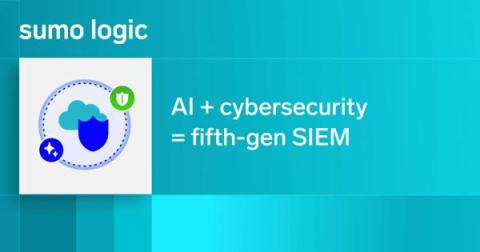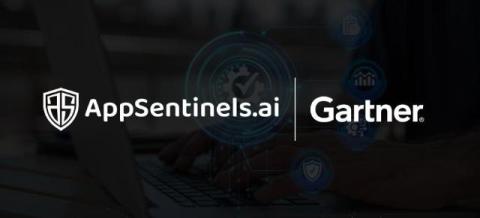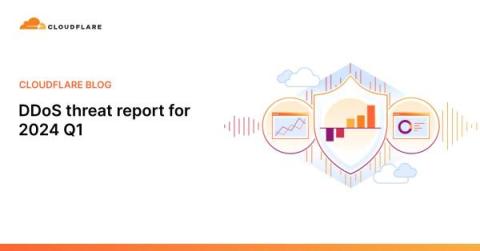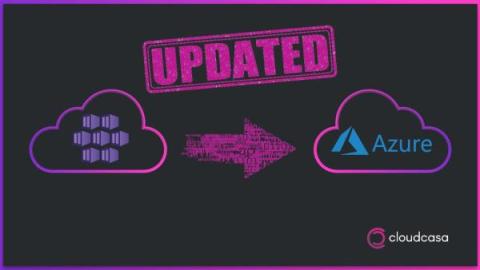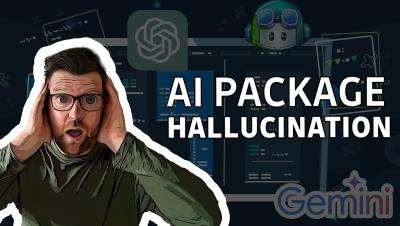Casting a Cybersecurity Net to Secure Generative AI in Manufacturing
Generative AI has exploded in popularity across many industries. While this technology has many benefits, it also raises some unique cybersecurity concerns. Securing AI must be a top priority for organizations as they rush to implement these tools. The use of generative AI in manufacturing poses particular challenges. Over one-third of manufacturers plan to invest in this technology, making it the industry's fourth most common strategic business change.



